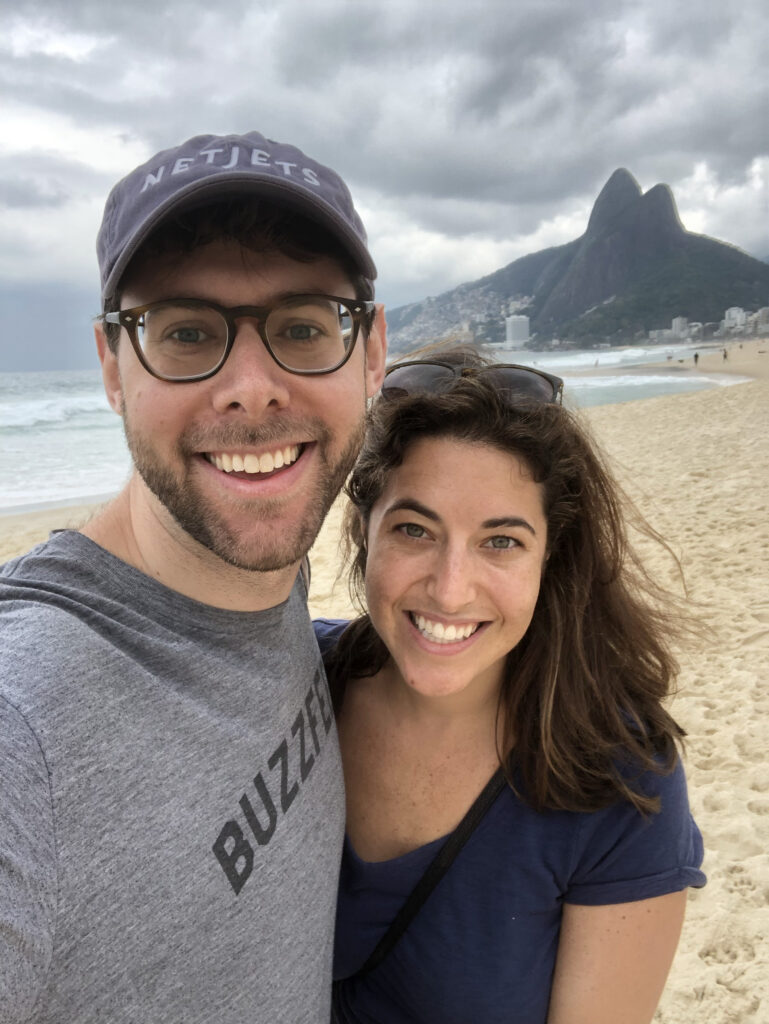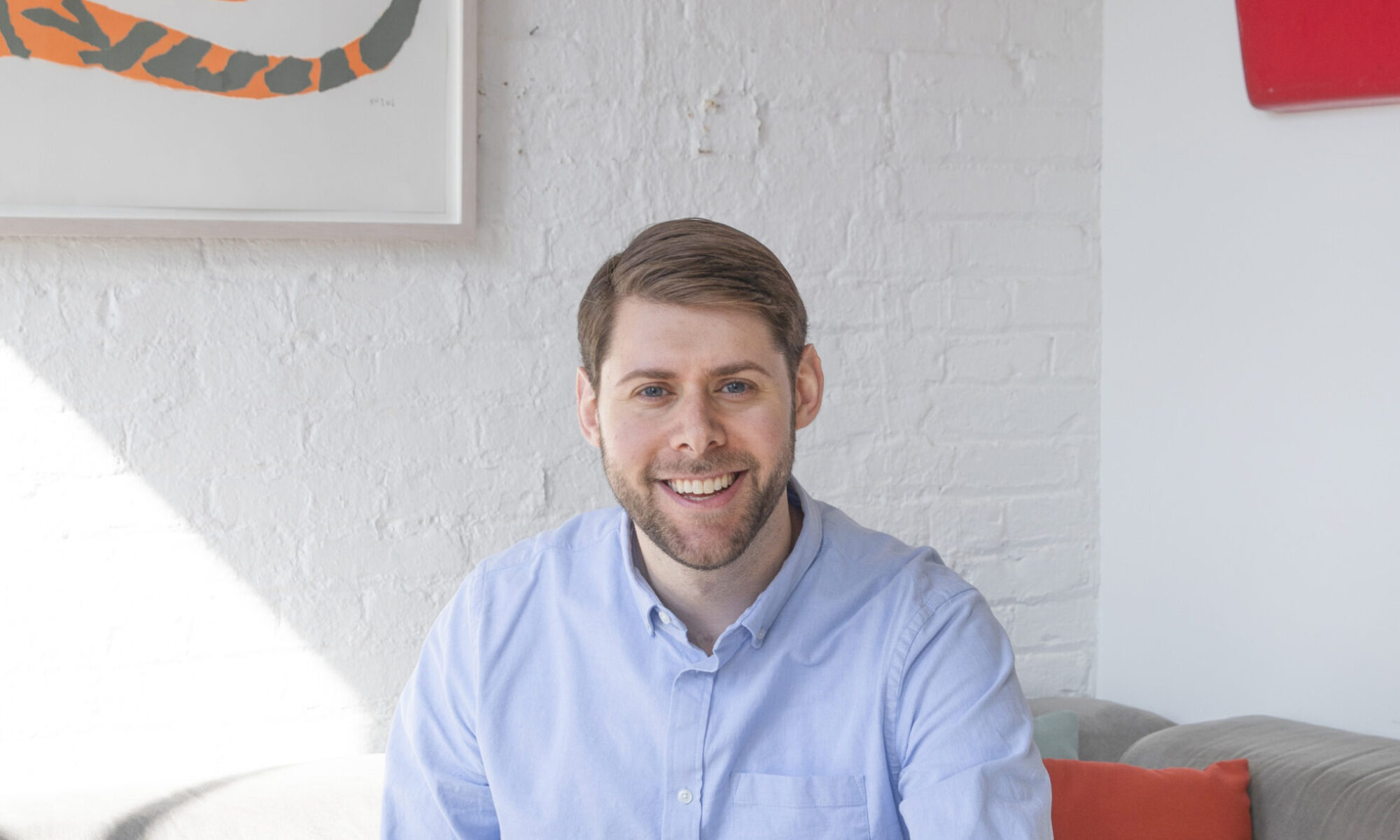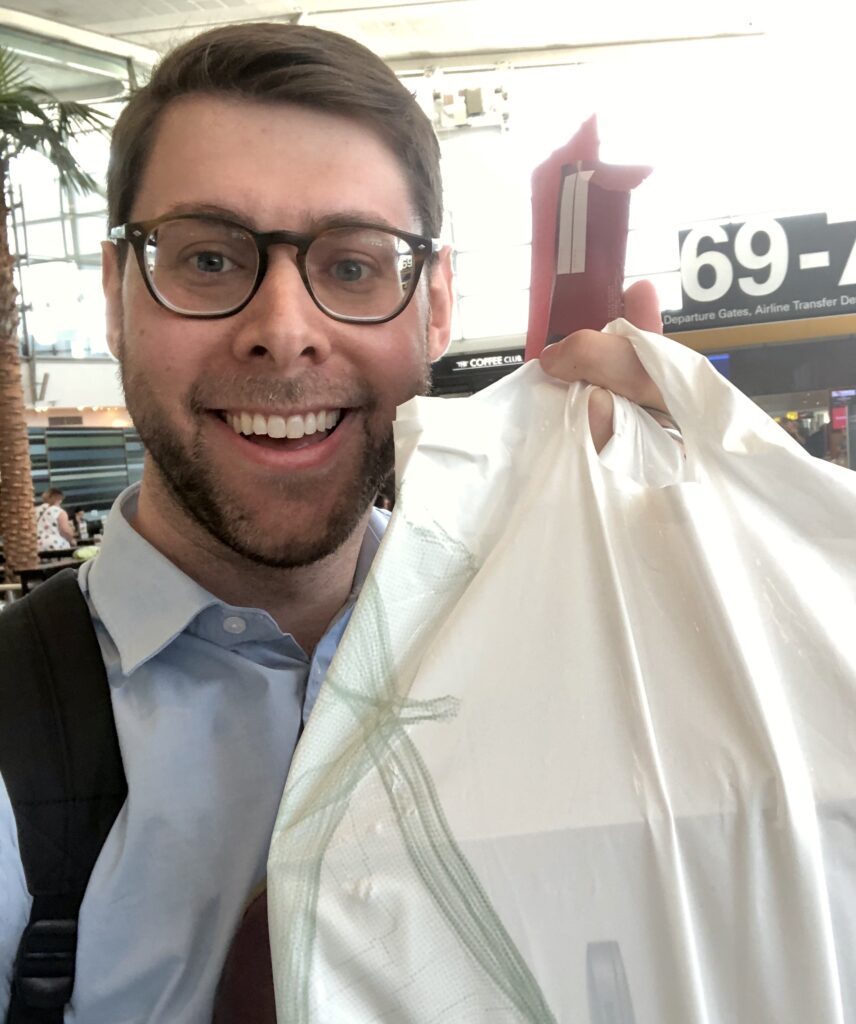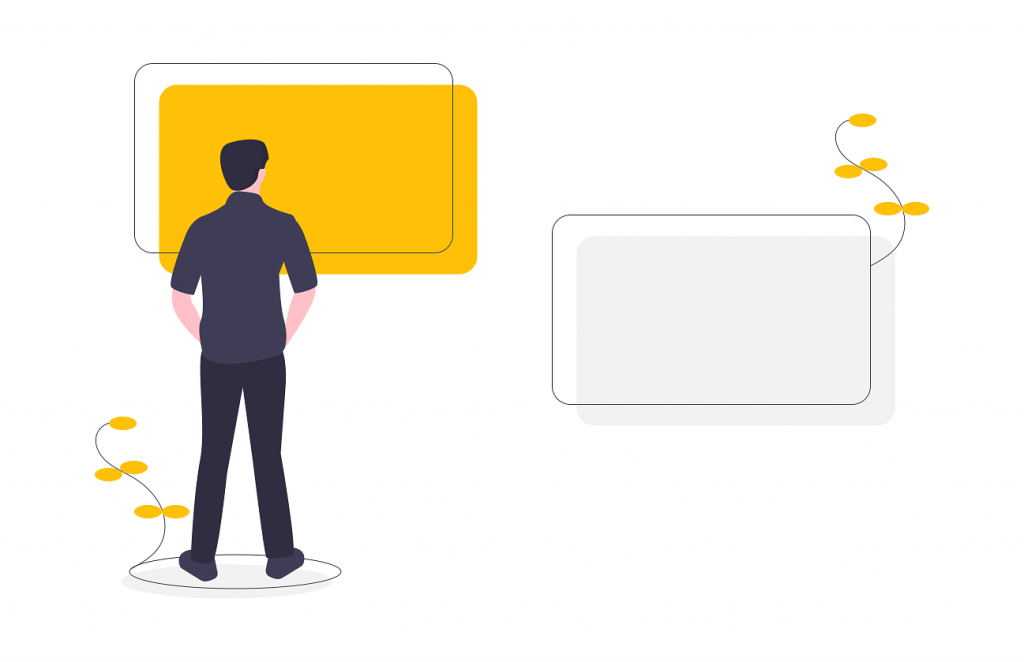
I am 32 years old, and I’ve taken the leap. Twelve months ago, I was at The New Yorker — a dream job at a dream organization — and focused on the work ahead of me. Nine months ago, I started giving regular talks about how news organizations could get more out of email, and realized that I could help those newsrooms in a more hands-on way — you know, in the future. Six months ago, I started thinking that maybe that work could happen sooner, possibly as soon as mid-2020. Three months ago, I left The New Yorker and launched a consultancy to start the work immediately.
This year moved fast.
What changed? I started asking more questions of my colleagues in other newsrooms, and really listening to what they were telling me. I heard over and over again: We need help growing our audience and turning them into subscribers or supporters, and we want to learn from the work you’ve done at BuzzFeed and The New Yorker. I realized that my moment to help was right now, and that if I wanted to serve this community, the work couldn’t wait.
So I made the leap. I’m thankful for everyone who had my back: The friends and family who offered support (and free legal aid!), the colleagues who helped me figure out how to approach consulting work, and the readers who reached out to work with me (and told their networks to do the same). This consultancy is just me, but it also feels like the biggest team I’ve ever been apart of. I feel incredibly, incredibly lucky.
This year, I’ve given talks on four continents in front of more than 100 news organizations. I’ve written more than 35,000 words about email for newsrooms and non-profits, and had nearly 3,000 readers in more than 50 countries sign up to be alerted every time I write. I’ve launched a consultancy, signed more than 20 clients, and helped launch dozens of email products.
It’s been the single most transformative year of my life, and the work’s only just begun. I don’t know what the future holds, but I’m pretty sure I can see just around the corner — and what’s coming next is exciting and terrifying all at once. I can’t wait.
Above all, I’m thankful for Sally. A year ago, the idea of leaving my job to start my own business — while she was still in school! — would have been unthinkable. But it was Sally who gave me the green light to do this. She kept telling me: “You can’t wait. You have to do this now.” I’m remarkably lucky to be married to someone so supportive, and so selfless. Doing this work meant that I would be busier than ever before, and traveling more than ever — and yet, she’s been my biggest champion. I wouldn’t have, couldn’t have done this without her. Every day, I try to do work that makes her proud.
Over the past year, there are certain things I’ve come to believe hold true. I know that my beliefs will continue to change. I know that I will change.
But here, at 32, is what I believe:
God bless Google Docs.
I tend to oscillate between “This is going to work!!!” and “Holy shit, what am I doing???” on a weekly basis. I’m scared and excited, but never bored, and always thrilled to be doing this work. That’s how I know I’m in the right place.
Nobody has everything they want. Life is about making the most of whatever you have.
Just be honest with people. If you screw up, if you don’t have the answer, if you’ve got something that needs to be known: Be open, be transparent, and be direct. It’s the best way.
Doing the right thing is usually the right thing.
Be confident but not arrogant. There’s a line there. Don’t cross it.
Keep making things better. I gave this one talk six different times this year — but every time, I learned something new, and then made the next one a little better. Just because the work is finished doesn’t mean the work is done.
Life is unexpected. One minute you’re waiting in the Brisbane airport, thinking about the giant presentation you need to put together on the flight home. The next, you’re freaking out because your water bottle leaked in your backpack and your laptop’s dead and the presentation’s in 36 hours and you’re completely, totally fucked. The next, you’re wondering why there can’t be an Apple Store inside the airport. The next, you’re walking through duty free and realizing: They sell MacBooks here — tax free! The next, you’re boarding your flight, passport in one hand, the brand new laptop you bought 20 minutes ago booting up and restoring all your files from the cloud so you can finish that presentation on the plane.
Like I said: Life is unexpected, but also pretty amazing if you’re ready for it.
New rule for traveling: Water bottles always stay outside your backpack.
Whatever it is you do, be the best at it. I’ll always be thankful to The New Yorker for teaching me that.
Less isn’t always more — but it’s enough.
When you start traveling regularly, you’ll realize that the four greatest words in the English language are: “Sir, we’ve upgraded you.”
Listen. Learn. Work. Repeat.
Right now, everything is potential — and potential is pure fucking joy.
Privilege is a tailwind, and I’ve had a strong wind at my back all these years. I know I’m lucky, and want to do the most I can with this opportunity for as long as I can.
And lastly: You don’t have to have all the answers when you start. Keep trying new things, and keep learning along the way. You’ll get there.









